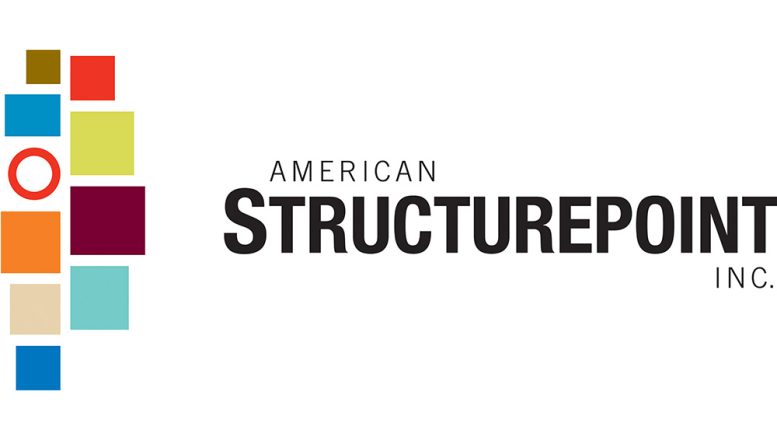Submitted by American Structurepoint
This week, communities and transportation officials across the United States are celebrating National Roundabouts Week to draw attention to the important role these innovative intersections can play in improving safety and traffic conditions.
One expert estimates that there were approximately 10,000 roundabouts in use across the United States at the close of 2022, a dramatic increase from the 1,000 or so in use in the early 2000s.
So, where does Indiana stand in the adoption of roundabouts? Indiana ranks number two in the United States in the total number of roundabouts with 504. It is second in roundabouts per mile and sixth in roundabouts per person.
While impressive, there remains plenty of opportunity for additional utilization of roundabout intersections.
According to American Structurepoint, a national architectural and engineering consulting firm headquartered in Indianapolis, roundabouts offer an array of benefits over traditional intersections. Roundabouts reduce fatal crashes by 90 percent, total accidents by 40 percent, and injury accidents by 75 percent. Each roundabout eliminates 350,000 pounds of carbon dioxide emissions and 20,000 gallons of gas consumption annually. They are resilient in inclement weather and power outages, as they are not reliant on overhead structures or electricity. They also reduce traffic noise and improve water quality, thanks to reduced pavement area.
Given the safety and environmental benefits of roundabouts, why are some cities and counties in Indiana still not building them into their road strategies?

McBride
Mike McBride is a vice president and partner at American Structurepoint. Prior to joining the company, he was the city engineer for Carmel, known as the roundabout capital of the United States. Carmel has more than 150 roundabouts, many of which were constructed under McBride’s watch. He travels the country talking about the benefits of roundabouts.
According to McBride, the reluctance to deploy roundabouts comes down to education – for both transportation leaders and drivers. Common questions center on cost, perceived space limitations, pedestrian and cycling considerations and an overall unfamiliarity with roundabouts.
“Even though the use of roundabouts is growing rapidly, they still make up a very small percentage of the hundreds of thousands of intersections in use across the country,” McBride said. “Roundabouts have been around for nearly half a century but are still new to many people. They won’t be for long. Based on their safety, environmental and capacity benefits, a roundabout will be benefiting an intersection near you very soon.”
McBride says the key is for transportation leaders to, at a minimum, include roundabouts as a consideration in their transportation strategy discussions, especially as it relates to reduction in crashes that result in injuries and fatalities. “The benefits of roundabouts are simply too great to ignore,” he said.

